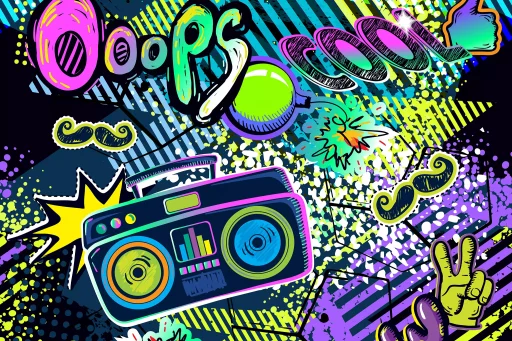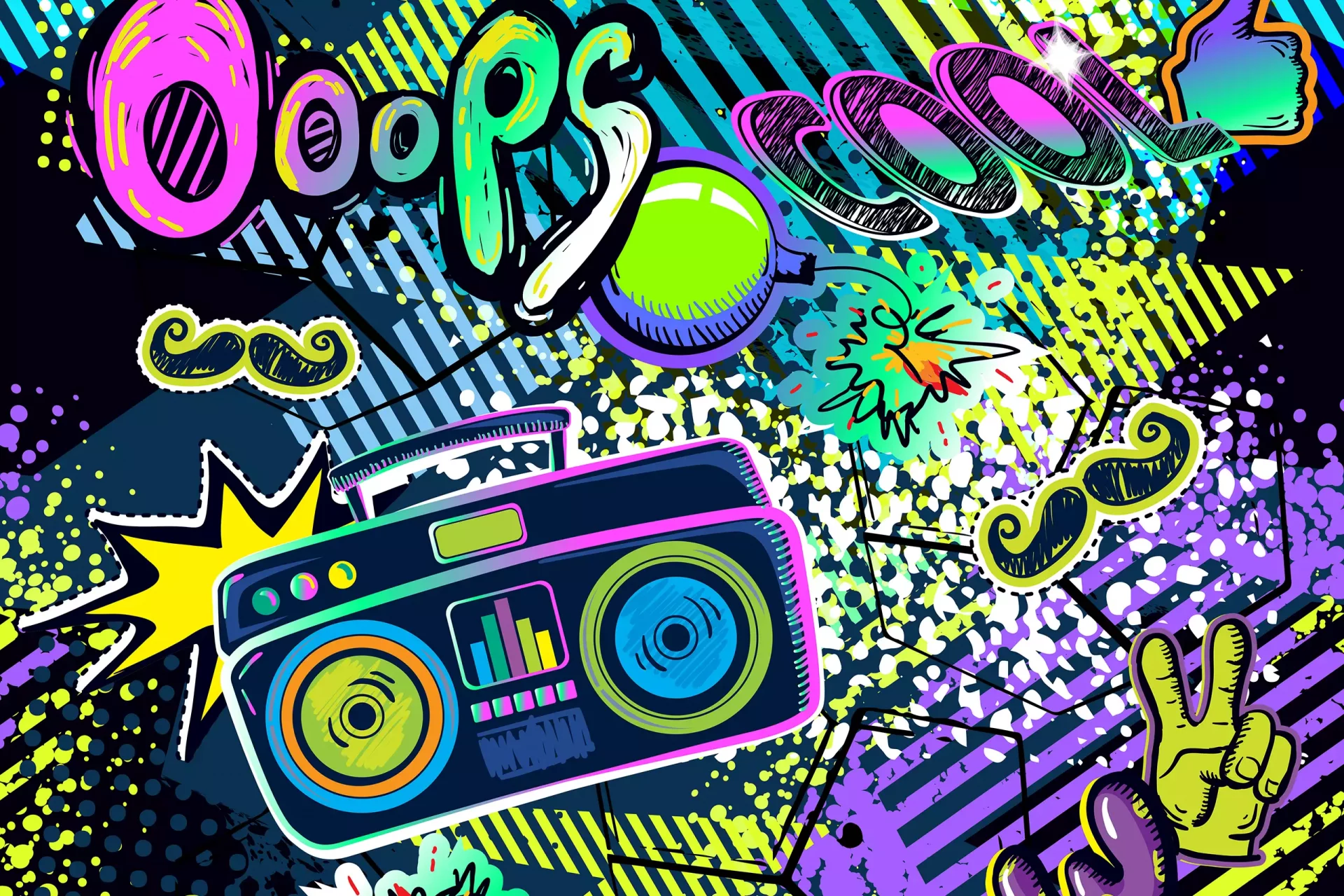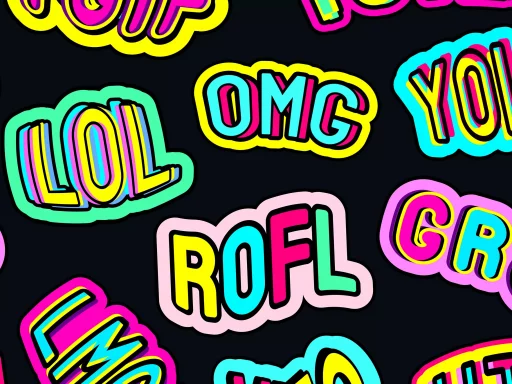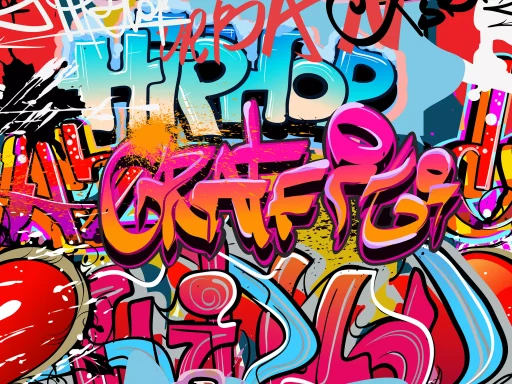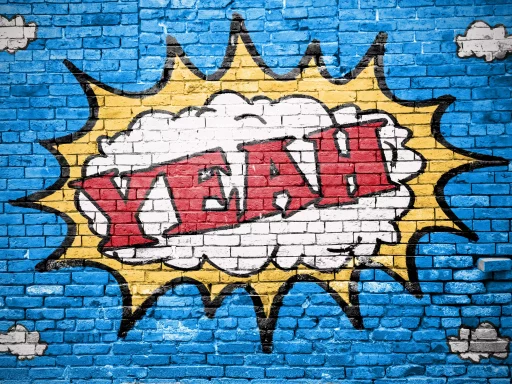Introduction to Fresh Slang
In the ever-evolving landscape of language, slang serves as a vivid reflection of cultural shifts, generational identities, and social trends. Fresh slang, which emerges primarily from youth culture, plays a crucial role in shaping how people express themselves and communicate within peer groups. This article delves into the concept of fresh slang, exploring its origins, significance, and examples in today’s vernacular.
What is Fresh Slang?
Fresh slang is defined as new or recently popularized terms and phrases that often arise within particular communities, especially among younger generations. These expressions can derive from social media trends, music, television, and even internet memes.
The Impact of Social Media
Social media platforms like TikTok, Twitter, and Instagram serve as breeding grounds for fresh slang. Consider the term “cap” or “no cap,” which suggests whether someone is being truthful or not. This term gained traction through various viral videos and tweets, showcasing how quickly new expressions can spread. According to a Bloomberg report, 80% of today’s slang originates from social media and online communities.
Examples of Fresh Slang
To truly appreciate the landscape of fresh slang, let’s explore some popular phrases that have recently entered the vernacular:
- Flex: To show off or boast, often about one’s possessions or achievements.
- Lit: Used to describe an event or situation that is exciting or enjoyable.
- Ghosting: The act of suddenly cutting off communication with someone without explanation.
- Bet: A term used to express agreement or affirmation.
- Tea: A term referring to gossip or insider information.
Case Study: TikTok and the Slang Revolution
TikTok has revolutionized the way fresh slang emerges and spreads. The app’s short-form video format encourages creativity and engagement, leading to the viral popularity of specific phrases. A prime example is the term “sheesh,” which is typically exclaimed in response to something impressive or surprising. Originating in various social media platforms, it exploded in popularity on TikTok and became a defining catchphrase of 2021.
The Influence of Music and Pop Culture
Music genres, especially hip-hop and rap, significantly influence the development and adoption of fresh slang. Artists like Drake, Cardi B, and Megan Thee Stallion popularize specific terms through their lyrics, which then trickle down into mainstream usage. For instance, “thot,” an acronym for “that ho over there,” was popularized through rap music and has found its way into casual conversation.
Statistics on Slang Usage
- A survey by YouGov revealed that 70% of Gen Z participants use slang as a primary form of communication.
- Language researchers note that slang terms can have an average lifespan of just 2-5 years before fading into obscurity.
- Over 60% of Gen Z respondents indicated that they actively create or share new slang terms online.
Why Slang Matters
Understanding fresh slang is essential for several reasons:
- Communication: Slang can strengthen connections among peers by providing a common language.
- Cultural Identity: It allows individuals to express their unique identities and group membership.
- Innovation: Slang shows how language evolves, reflecting societal changes and technological advancements.
Conclusion
Fresh slang is more than just playful language—it’s a dynamic and integral component of modern communication. As new generations navigate their identities and experiences, they will continue to create and adopt fresh slang that reflects their unique perspectives. Understanding this ever-changing form of expression can help bridge generational divides and foster a more inclusive discourse.
